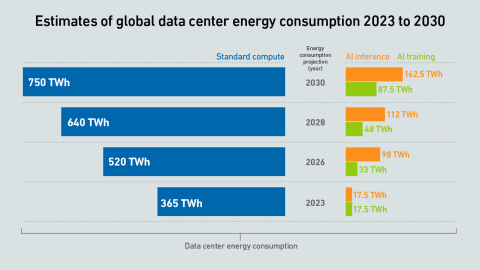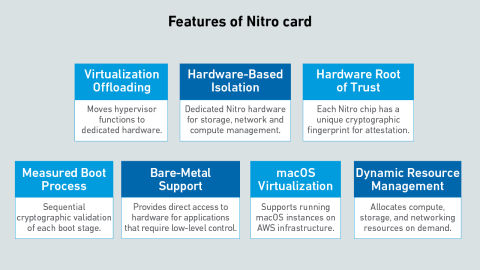Water cold plates still lead DLC adoption - but more enterprise operators are considering dielectric cold plates than last year. The next DLC adopters may be amenable to multiple technologies, while remaining cautious about leak risks.
filters
Explore All Topics
Results from Uptime Institute's 2025 Security Survey (n=982), now in its 3rd year, explore major cybersecurity issues facing data centers, as well as the IT and OT systems used to operate critical infrastructure.The attached data files below provide…
Direct liquid cooling adoption remains slow, but rising rack densities and the cost of maintaining air cooling systems may drive change. Barriers to integration include a lack of industry standards and concerns about potential system failures.
The data center industry is on the cusp of the hyperscale AI supercomputing era, where systems will be more powerful and denser than the cutting-edge exascale systems of today. But will this transformation really materialize?
Training large transformer models is different from all other workloads - data center operators need to reconsider their approach to both capacity planning and safety margins across their infrastructure.
The US government's AI compute diffusion rules, introduced in January 2025, will be rescinded - with new rules coming. It warns any dealings linked to advanced Chinese chips will require US export authorization. Operators still face tough demands.
Results from Uptime Institute's 2025 Data Center Resiliency Survey (n=970) focus on data center resiliency issues and the impact of outages on the data center sector globally.The attached data files below provide full results of the survey,…
High-end AI systems receive the bulk of the industry's attention, but organizations looking for the best training infrastructure implementation have choices. Getting it right, however, may take a concerted effort.
AI is not a uniform workload - the infrastructure requirements for a particular model depend on a multitude of factors. Systems and silicon designers envision at least three approaches to developing and delivering AI.
Agentic AI offers enormous potential to the data center industry over the next decade. But are the benefits worth the inevitable risks?
The emergence of the Chinese DeepSeek LLM has raised many questions. In this analysis, Uptime Intelligence considers some of the implications for all those primarily concerned with the deployment of AI infrastructure.
A new wave of GPU-focused cloud providers is offering high-end hardware at prices lower than those charged by hyperscalers. Dedicated infrastructure needs to be highly utilized to outperform these neoclouds on cost.
The US government is applying a new set of rules to control the building of large AI clusters around the world. The application of these rules will be complex.
The data center industry's growth projections can be met by combining energy supply growth and demand reduction. Highly utilized IT infrastructure and efficient software can mitigate demand growth while delivering needed IT capacity.
Hyperscalers design their own servers and silicon to scale colossal server estates effectively. AWS uses a system called Nitro to offload virtualization, networking and storage management from the server processor onto a custom chip.
 Jacqueline Davis
Jacqueline Davis
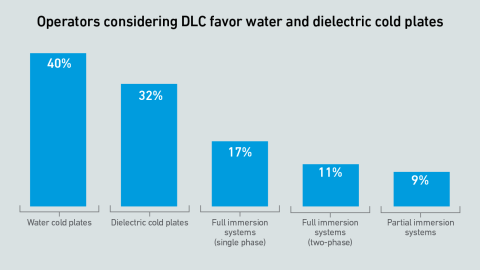
 Paul Carton
Paul Carton
 Anthony Sbarra
Anthony Sbarra
 Laurie Williams
Laurie Williams
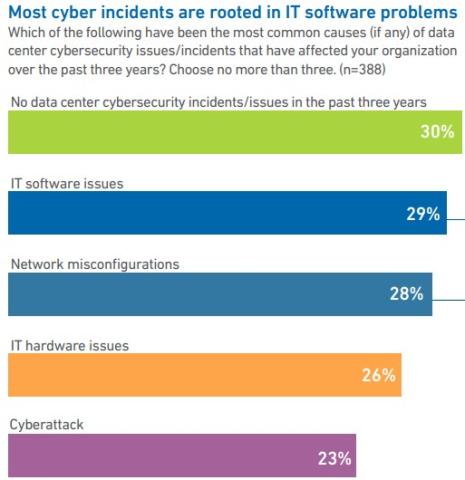
 Rose Weinschenk
Rose Weinschenk
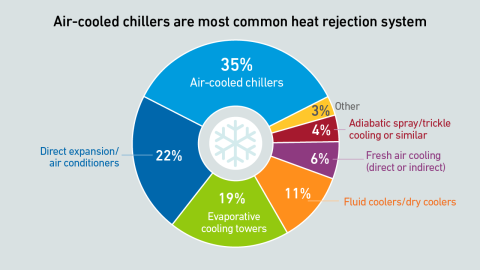
 Daniel Bizo
Daniel Bizo
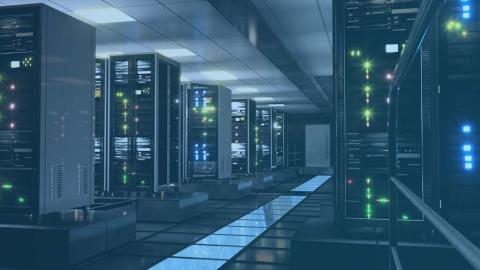


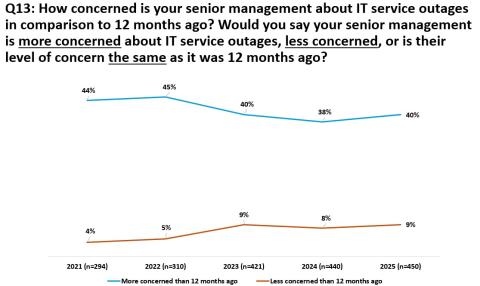

 Max Smolaks
Max Smolaks
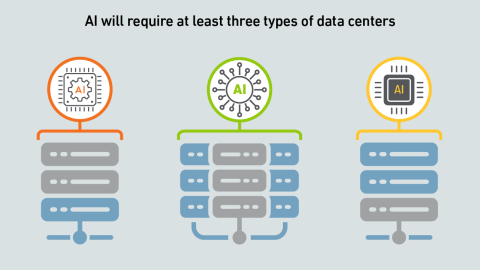
 John O'Brien
John O'Brien

 Andy Lawrence
Andy Lawrence
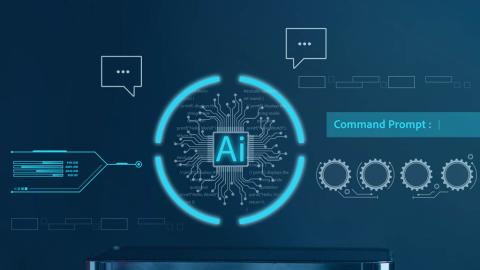
 Dr. Owen Rogers
Dr. Owen Rogers
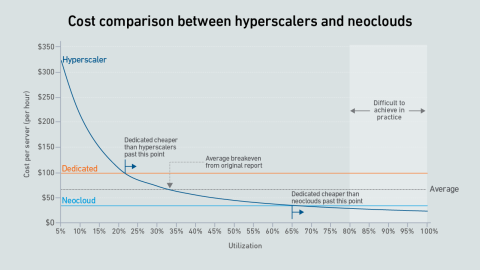
 Peter Judge
Peter Judge
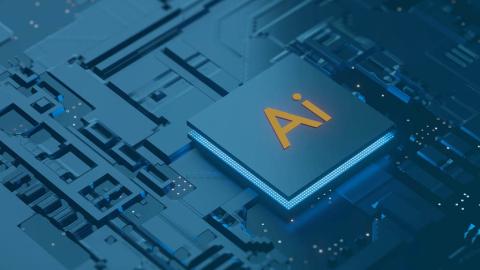
 Jay Dietrich
Jay Dietrich
